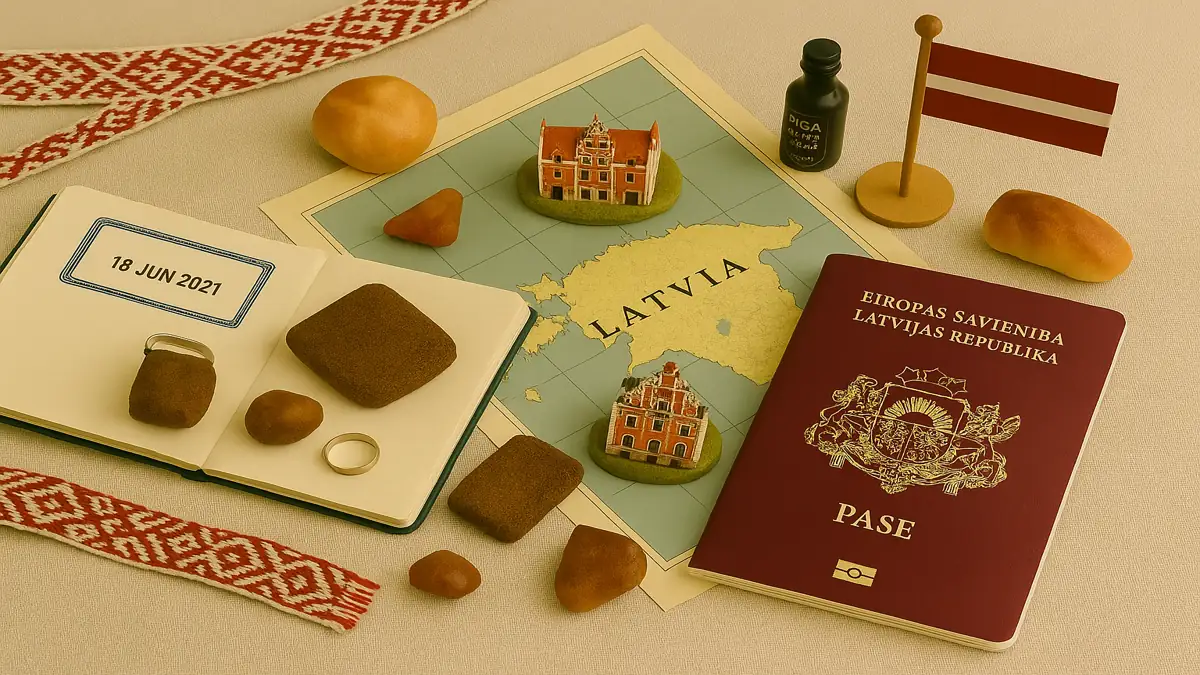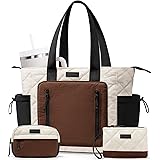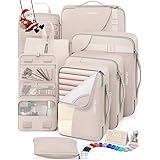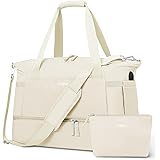Planning your first adventure to Latvia in 2025? You’ve picked a hidden gem of the Baltics! This ultimate guide is packed with everything you need to know to make your trip unforgettable. From exploring the medieval streets of Riga to discovering pristine forests and serene beaches, we’ve got you covered.
Latvia, a country of captivating contrasts, offers a unique blend of rich history, vibrant modern culture, and breathtaking natural landscapes. It’s a destination that enchants every traveler, whether you’re wandering through Art Nouveau architecture, hiking in a misty bog, or simply savoring hearty, traditional flavors.
Get ready to discover why Latvia is one of Europe’s most rewarding and underrated travel destinations. Let’s dive into the essential tips that will help you plan, budget, and experience the very best of this amazing country.
Table of Contents
- 1. Why Visit Latvia in 2025?
- 2. Best Time to Visit Latvia
- 3. Top Destinations in Latvia for First-Timers
- 4. Planning Your Latvia Trip: A Step-by-Step Guide
- 5. Accommodation in Latvia: Where to Stay
- 6. Getting Around Latvia: Transportation Guide
- 7. How Much Does a Trip to Latvia Cost?
- 8. Must-Try Foods and Cultural Delights
- 9. Staying Safe in Latvia
- 10. Solo Travel in Latvia
- 11. Traveling Latvia with Family or as a Senior
- 12. Digital Nomads in Latvia
- 13. Essential Packing List in our Latvia Travel Guide
- 14. FAQs for First-Timers
- 15. What’s Next? More Guides to Explore
1. Why Visit Latvia in 2025?
Latvia is a land of captivating beauty and endless charm. In 2025, it continues to be a top choice for travelers seeking authentic experiences, stunning scenery, and a deep dive into a rich, complex history. Its unique blend of pagan traditions, medieval heritage, and modern vibrancy makes it truly special.
The Allure of the Baltic Gem
Imagine exploring a city with the world’s finest collection of Art Nouveau buildings, wandering through fairytale castles, or walking along vast, sandy beaches fringed by pine forests. Latvia offers all this and more. The country boasts a reserved yet welcoming atmosphere, hearty and delicious cuisine, and a cultural heritage that will leave you enchanted.
From the bustling, cosmopolitan streets of Riga to the tranquil beauty of its national parks and charming towns, Latvia promises a journey filled with unforgettable moments. It’s a place where ancient traditions are celebrated with gusto, and every forest path leads to a new discovery.
ETIAS Update for 2025
Good news for travelers! The European Travel Information and Authorization System (ETIAS) is still not required for U.S. and other visa-exempt travelers visiting the Schengen Area in 2025. Its implementation has been postponed to mid-2026. This means your entry to Latvia will be as straightforward as it has been in previous years.
Looking for the best hotel or flight deals?
Plan your trip with ease using the Expedia search tool below. From charming boutique hotels to luxury resorts, this widget helps you compare top options in seconds — flights included!
2. Best Time to Visit Latvia
Choosing the right time to visit Latvia can significantly enhance your experience. The country has four distinct seasons, each offering unique charms and considerations.
Spring (April-May): Awakening Nature & Fewer Crowds
- Weather: Cool and crisp, with temperatures ranging from 5-15°C (41-59°F). Expect a mix of sunshine and rain as nature awakens.
- Crowds: Fewer crowds than summer, especially in April.
- Pros: Landscapes turn green, flowers begin to bloom, and cities are less busy. Perfect for exploring Riga’s architecture and enjoying the fresh air.
- Cons: The weather can be unpredictable. The sea is too cold for swimming.
Summer (June-August): Long Days, Festivals & Outdoor Life
- Weather: The warmest and sunniest months, with temperatures averaging 18-22°C (64-72°F). Daylight can last for 18 hours or more.
- Crowds: Peak tourist season, meaning more people at popular sites and coastal towns, and higher prices for accommodation.
- Pros: Best weather for beach activities in places like Jūrmala, hiking in national parks, and enjoying numerous outdoor festivals, especially the Midsummer (Jāņi) celebrations.
- Cons: Can be crowded in popular spots. Booking in advance is recommended.
Autumn (September-October): Golden Foliage & Cozy Atmosphere
- Weather: Mild and often beautiful, with temperatures from 10-15°C (50-59°F) in September, cooling down by October.
- Crowds: Crowds begin to thin out significantly after September. Prices become more reasonable.
- Pros: Stunning golden foliage, especially in Gauja National Park, making it ideal for hiking and photography. A cozy time to enjoy Riga’s cafes.
- Cons: Days get shorter and the weather becomes cooler and wetter as the season progresses.
Winter (November-March): Snowy Wonderland & Festive Markets
- Weather: Cold, with temperatures often dropping below freezing, from -5 to 5°C (23-41°F). Snow is common, creating a magical landscape.
- Crowds: Fewest tourists (excluding the Christmas market period in Riga). Lower prices for flights and accommodation.
- Pros: Excellent for experiencing a true winter wonderland. Riga’s Christmas Market is one of the most charming in Europe. Ideal for cozy city breaks.
- Cons: Very cold, requiring proper winter clothing. Shorter daylight hours.
Recommendation for First-Timers: For the best balance of pleasant weather, long days, and access to all attractions, consider late spring (May) or summer (June-August). For stunning autumn colors and fewer crowds, September is an excellent choice.
Make Your Travel Moments Go Viral — Instantly
Your next viral Reel and Tiktok is just a Flipstik away. Film hands-free on buses, beaches, or balconies—anywhere your phone can stick.
🎯 Click here and gear up like a creator!3. Top Destinations in Latvia for First-Timers
Latvia is brimming with incredible places to explore. For your first trip, focus on these iconic destinations that offer a true taste of the country’s diverse appeal, from its vibrant capital to its serene nature.
Riga: The Art Nouveau Capital
Riga is an absolute must-visit and the heart of Latvia. Its UNESCO-listed Old Town is a maze of cobblestone streets and medieval architecture, while the Central District boasts the world’s most extensive collection of Art Nouveau buildings. Explore the House of the Blackheads, Riga Cathedral, and the bustling Central Market.
Gauja National Park: Latvia’s Switzerland
Just an hour from Riga, this is Latvia’s largest and oldest national park. It’s a paradise for nature lovers, with dense forests, the winding Gauja River, and stunning sandstone cliffs. The park is also home to the historic towns of Sigulda and Cēsis, featuring medieval castles and manors.
Jūrmala: The Baltic Riviera
This famous coastal resort town is just a short train ride from Riga. Known for its long, white-sand beaches, charming wooden houses, and refreshing pine-scented air, Jūrmala is the perfect place to relax, swim, and enjoy the spa culture.
Kuldīga: A Town with a Waterfall
Often called the
Venice of the North,
Kuldīga is a picturesque town in western Latvia, famous for Europe’s widest waterfall, Ventas Rumba. Its charming old town, with narrow streets and historic buildings, makes it a delightful place to explore.
Rundāle Palace: The Versailles of the Baltics
A magnificent Baroque palace located in southern Latvia, Rundāle Palace is a masterpiece of architecture and art. Designed by Francesco Bartolomeo Rastrelli (who also designed the Winter Palace in St. Petersburg), it offers a glimpse into the opulent lives of dukes and duchesses.
Liepāja: City of Wind & Music
Located on the Baltic Sea coast, Liepāja is known for its long sandy beach, unique Karosta prison (a former military prison open for tours), and vibrant music scene. It’s a city with a distinct character, blending industrial heritage with seaside charm.
Cēsis: Medieval Charm & Nature
One of Latvia’s oldest towns, Cēsis is home to a stunning medieval castle complex and a charming old town. It’s a great base for exploring Gauja National Park and offers a more relaxed atmosphere than Riga.
4. Planning Your Latvia Trip: A Step-by-Step Guide
Planning your first trip to Latvia can feel overwhelming, but breaking it down into manageable steps makes it a breeze. Follow this guide to stay organized and stress-free.
Setting Your Budget & Travel Style
Before anything else, decide on your budget. Latvia can be explored on a shoestring or with luxurious flair. Your budget will influence your choices for accommodation, transport, and activities. Consider if you prefer a fast-paced city break or a more relaxed, immersive experience in nature.
Crafting Your Itinerary
Don’t try to see everything in one go. Latvia, though seemingly small, is packed with attractions. For a first trip, focus on Riga and perhaps one or two day trips (e.g., Jūrmala, Sigulda in Gauja National Park). Allow at least 2-3 full days for Riga alone. Prioritize what truly interests you.
Booking Flights & Accommodation
Book your international flights 3-6 months in advance for the best prices, especially if traveling during peak season (June-August). Accommodation should be secured around the same time, particularly in popular areas like Riga Old Town. Consider flexible cancellation policies.
Understanding Visa & Entry Requirements
For most nationalities (e.g., US, Canadian, Australian, EU citizens), a visa is not required for tourist stays up to 90 days. As mentioned, the ETIAS system is not expected to be in effect for 2025. Ensure your passport is valid for at least six months beyond your intended departure date.
Securing Travel Insurance
Never travel without comprehensive travel insurance. It protects you from unexpected events like trip cancellations, medical emergencies, lost luggage, and more. It’s a small investment for peace of mind.
5. Accommodation in Latvia: Where to Stay
Latvia offers a vast array of accommodation options to suit every budget and travel style. Whether you prefer a cozy hostel, a charming guesthouse, or a luxurious resort, you’ll find the perfect place to rest after a day of exploration.
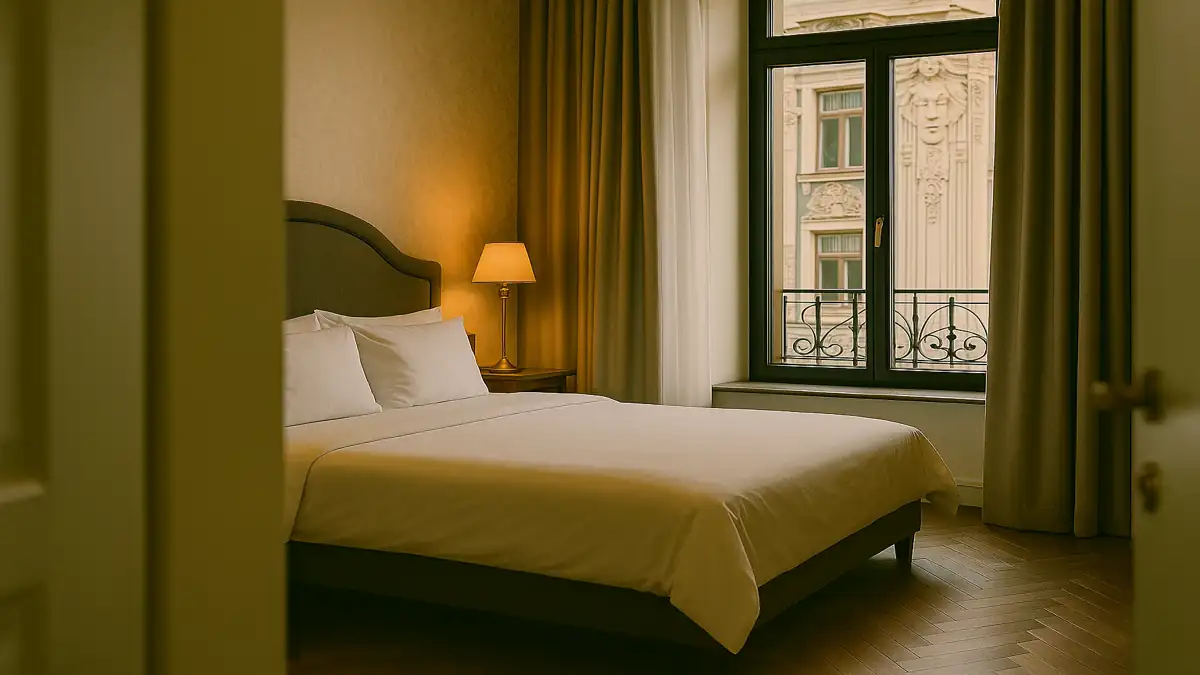
Hotels: From Historic to Modern
You’ll find everything from chic boutique hotels in Riga’s Art Nouveau district to grand historic hotels in the Old Town. Hotels offer convenience, amenities, and often excellent service. Prices vary widely based on location, star rating, and season. Consider staying in a renovated wooden house in Jūrmala for a unique experience.
Hostels: Social & Budget-Friendly
Latvia has a thriving hostel scene, particularly in Riga. They are ideal for solo travelers and those on a budget, offering dormitory beds and often private rooms. Hostels are great places to meet other travelers and often organize social events, especially in the Old Town.
Guesthouses & B&Bs: Authentic Latvian Welcome
For a truly authentic Latvian experience, stay in a guesthouse or a traditional Bed & Breakfast. These often family-run establishments offer a warm welcome, personalized service, and a delicious homemade breakfast. They provide a more intimate glimpse into local life, especially outside Riga.
Self-Catering & Vacation Rentals
Platforms like Airbnb are popular for longer stays, families, or groups. Self-catering options provide more space, a kitchen for preparing meals (saving money), and a chance to live like a local. This is particularly appealing for those planning to explore rural areas or stay in a town for an extended period.
Unique Stays: Manor Houses & Countryside Retreats
For a memorable experience, consider staying in a renovated manor house in the countryside, a charming cottage by a lake, or even a glamping site. These unique accommodations offer a special touch to your Latvian adventure, though they often come with a higher price tag.
6. Getting Around Latvia: Transportation Guide
Navigating Latvia is part of the adventure! The country offers various transportation options, each with its pros and cons. Your choice will depend on your itinerary, budget, and comfort level.
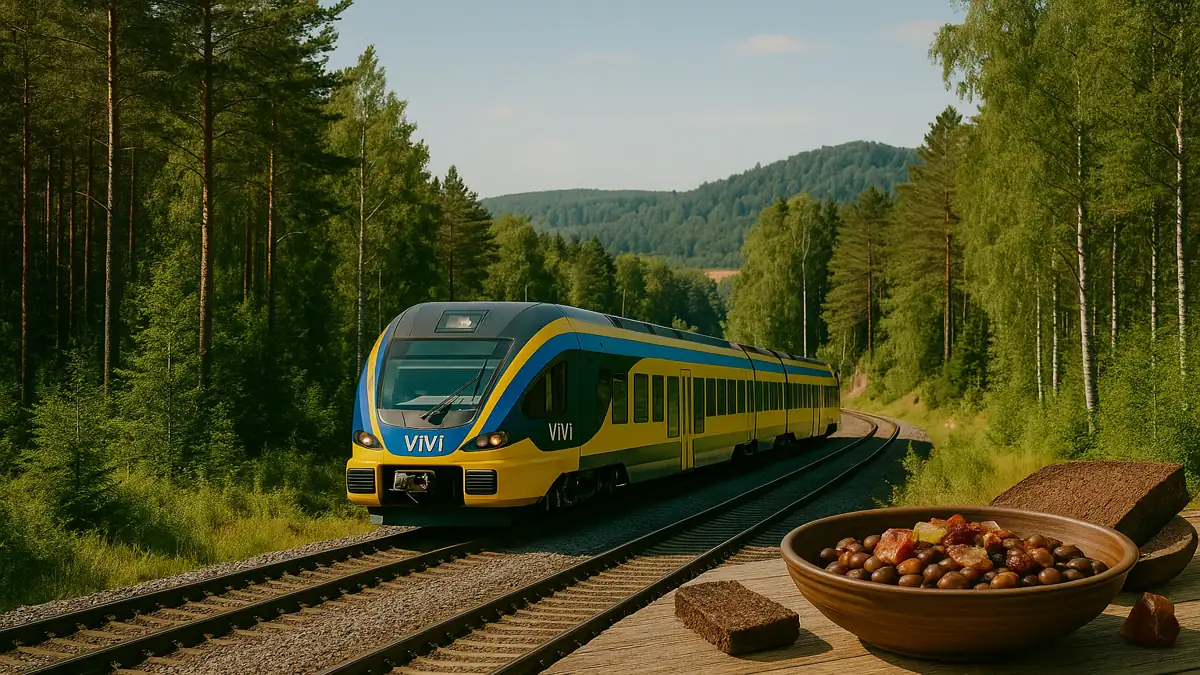
Flights: For International Arrivals
- Pros: Riga International Airport (RIX) is the largest airport in the Baltics and a major hub for airBaltic, offering direct connections to many European cities.
- Cons: Domestic flights within Latvia are very limited or non-existent due to the country’s size and good ground transport.
- Airlines: airBaltic is the national carrier, with other European airlines also serving Riga.
Trains: Efficient for Intercity Travel
- Pros: Comfortable and relatively inexpensive for intercity travel, connecting Riga to major towns like Sigulda, Cēsis, Jūrmala, and Daugavpils. The network is extensive, though not high-speed.
- Cons: Primarily radiate from Riga, so cross-country travel not via Riga can be less direct.
- Booking: Tickets can be bought at stations or via the national railway operator’s website (Vivi.lv).
Ready to book your train tickets hassle-free?
Search routes and compare prices on Trainline – your one-stop platform for rail travel across Europe.
Buses: Extensive Network for Mainland & Beyond
- Pros: The most extensive public transport network, reaching almost every town and village in Latvia. Generally affordable and reliable. Excellent for international connections to other Baltic states.
- Cons: Can be slower than trains for some routes.
- Booking: Tickets usually bought at bus stations or online via platforms like Busbud or Lux Express.
Driving in Latvia: Flexibility for Exploration
- Pros: Offers unparalleled flexibility to explore remote areas, scenic routes, and hidden gems, especially outside Riga. Roads are generally well-maintained.
- Cons: Driving in Riga city center can be challenging due to traffic and parking.
- Tips:
- International Driving Permit (IDP): Recommended if your license is not in English.
- Insurance: Get full coverage.
- Winter Driving: If traveling in winter, ensure your rental car has winter tires (mandatory from December to March).
City Public Transport (Riga)
- Riga: Extensive network of trams, trolleybuses, and buses. The system is efficient and covers the entire city.
- Tickets: Purchase e-tickets (e-talons) at Narvesen kiosks, ticket machines, or use the Mobilly app. Validate your ticket upon boarding.
Ready to book your train tickets hassle-free?
Search routes and compare prices on Trainline – your one-stop platform for rail travel across Europe.
7. How Much Does a Trip to Latvia Cost?
Latvia is generally considered one of the more affordable countries in the Eurozone, especially compared to Western Europe. While Riga can be pricier, venturing outside the capital can significantly reduce your daily expenses. Here’s a breakdown of typical costs for 2025:
Daily Cost Estimates (Per Person)
- Budget Traveler: €40-€70 / $45-80 USD per day
- Accommodation: Hostel dorms, budget guesthouses, camping.
- Food: Supermarket picnics, street food (pīrāgi, speķa pīrādziņi), cooking some meals.
- Transport: Public transport, walking, intercity buses/trains.
- Activities: Free museums, parks, walking tours.
- Mid-Range Traveler: €70-€150 / $80-170 USD per day
- Accommodation: Mid-range hotels, B&Bs, private hostel rooms.
- Food: Mix of casual restaurants, cafes, some traditional taverna dinners.
- Transport: Public transport, occasional taxis, intercity buses/trains.
- Activities: Paid attractions, some tours.
- Luxury Traveler: €150-€300+ / $170-330+ USD per day
- Accommodation: Luxury hotels, boutique hotels, private villas.
- Food: Fine dining, frequent restaurant meals.
- Transport: Taxis, private transfers, car rental.
- Activities: Exclusive tours, private guides, high-end experiences.
Cost Breakdown (General Estimates)
- Accommodation:
- Hostel Dorm: €15-€30 per night
- Budget Hotel/Guesthouse: €40-€70 per night
- Mid-Range Hotel: €70-€150 per night
- Luxury Hotel: €150+ per night (Riga Old Town can be €200-€400+)
- Food:
- Supermarket/Picnic: €5-€10 per meal
- Street Food (Pīrāgi/Speķa Pīrādziņi): €2-€5
- Casual Restaurant/Cafe: €10-€20 per meal
- Mid-Range Restaurant: €20-€35 per meal
- Fine Dining: €40+ per meal
- Transportation (per day, average):
- Local Public Transport (cities): €1.15-€2.00 per single ride (e-ticket)
- Intercity Buses/Trains: Varies greatly (€5-€20+ per journey)
- Taxi (short ride): €5-€10
- Activities & Sightseeing (per day, average):
- Budget (Free parks, walking tours): €0-€10
- Mid-Range (Paid museums, castle entries): €10-€30
- High-End (Concerts, specific excursions): €30+
Money-Saving Tips:
- Travel in Shoulder Season: Significant savings on flights and accommodation.
- Eat Local: Explore local markets and try traditional Latvian street food.
- Cook Your Own Meals: If staying in accommodation with kitchen facilities, buying groceries from supermarkets can significantly cut down food costs.
- Drink Tap Water: Generally safe to drink in most cities and towns.
- Utilize Free Attractions: Many parks, churches (exterior), and walking tours are free.
- Use Public Transport: Riga’s public transport is efficient and affordable.
- Consider a Riga Pass: If you plan to visit many museums and use public transport frequently, a Riga Pass can offer good value.
8. Must-Try Foods and Cultural Delights
Latvia’s culinary scene is a hearty reflection of its history and geography, with influences from its Baltic neighbors and a focus on seasonal, locally sourced ingredients. Prepare your taste buds for a unique feast, and immerse yourself in the country’s rich cultural heritage.

Iconic Latvian Dishes
- Pelēkie Zirņi ar Speķi (Grey Peas with Bacon): Often considered the national dish, this hearty meal consists of boiled grey peas served with fried bacon and onions. A true comfort food.
- Rupjmaize (Dark Rye Bread): A staple of Latvian cuisine, this dense, dark, and slightly sour rye bread is served with almost every meal. It’s even used in desserts!
- Speķa Pīrādziņi (Bacon Buns): Small, savory pastries filled with finely diced bacon and onion. Perfect as a snack or appetizer.
- Skābputra (Sour Milk Porridge): A traditional fermented milk product, often served with potatoes or berries.
- Aukstā Zupa (Cold Beetroot Soup): A refreshing, vibrant pink cold soup made from kefir or buttermilk, beets, cucumbers, dill, and hard-boiled eggs. Popular in summer.
- Zivju Zupa (Fish Soup): Given Latvia’s coastline, fresh fish soups are common, often made with local catches.
- Karbonāde (Pork Chop): A popular main course, often breaded and fried, served with potatoes and a side salad.
- Kārums: A beloved chocolate-glazed curd snack, found in every supermarket. A must-try sweet treat.
- Rīgas Melnais Balzams (Riga Black Balsam): A traditional Latvian herbal liqueur, often consumed neat or mixed in coffee or cocktails. It’s an acquired taste but a cultural icon.
The Market Experience: A Culinary Journey
Riga Central Market, housed in former Zeppelin hangars, is a UNESCO World Heritage site and a fantastic place to sample local produce, smoked fish, cheeses, and traditional snacks. It’s a vibrant hub of local life and a great spot for an authentic meal.
Traditional Music & Dance
Latvian folk music and dance are deeply rooted in ancient pagan traditions. Look for opportunities to experience traditional singing (Dainas) or folk dance performances, especially during national holidays like Midsummer (Jāņi).
Cultural Etiquette & Local Customs
- Reserved Nature: Latvians can appear reserved at first, but are warm and friendly once you get to know them. A firm handshake and direct eye contact are standard greetings.
- Punctuality: Punctuality is valued, especially for appointments.
- Respect for Nature: Latvians have a deep respect for nature and the environment. Be mindful of this when exploring natural sites.
- Language: While many younger Latvians speak English, learning a few basic Latvian phrases (e.g.,
“Labdien” (Good day), “Paldies” (Thank you)) will be appreciated.
- Tipping: Tipping is not obligatory but appreciated for good service. Round up the bill or leave 5-10% in restaurants.
9. Staying Safe in Latvia
Latvia is generally a safe country for tourists, but like any popular destination, it’s essential to be aware of your surroundings and take precautions, especially in urban areas.
General Safety Tips
- Be Aware of Your Surroundings: Especially in crowded areas like Riga Old Town, the Central Market, and public transport.
- Protect Your Valuables: Use a cross-body bag or money belt. Avoid flashing expensive jewelry or electronics.
- Walk with Confidence: Look like you know where you’re going, even if you don’t.
- Avoid Isolated Areas at Night: Stick to well-lit, populated streets.
- Trust Your Gut: If a situation feels off, remove yourself from it.
Dealing with Pickpockets & Scams
Petty crime, particularly pickpocketing and bag snatching, is the most common crime affecting tourists, especially in busy areas of Riga (e.g., Old Town, Central Market, train and bus stations). Here’s how to minimize your risk:
- Keep Wallets in Front Pockets: Or use a money belt hidden under your clothes.
- Secure Bags: Keep zippers closed and bags in front of you, especially on crowded buses or trams.
- Be Wary of Distractions: Pickpockets often create diversions (e.g., asking for directions, dropping something) to distract you.
- Don’t Carry All Your Cash: Only carry what you need for the day. Leave extra cash and important documents in a hotel safe.
- Credit Card Fraud/ATM Scams: These are becoming more common. Check ATMs before use and don’t use machines that look unusual.
Emergency Numbers
- The universal emergency number in Latvia (and throughout the EU) is 112 for police, ambulance, and fire services.
10. Solo Travel in Latvia
Latvia is an incredibly rewarding destination for solo travelers, offering freedom, flexibility, and endless opportunities for self-discovery. Many Latvian cities and natural areas are safe and easy to navigate alone, with a welcoming, albeit reserved, culture.
- Safety First:
- Research Accommodation: Choose well-reviewed hostels or hotels in safe neighborhoods. Many hostels offer female-only dorms.
- Be Aware of Your Surroundings: Especially at night or in crowded areas. Trust your instincts.
- Share Your Itinerary: Let a friend or family member know your plans.
- Emergency Contacts: Keep local emergency numbers (112) and your embassy’s contact info handy.
- Meeting People:
- Hostels: Stay in hostels with good common areas and social events.
- Walking Tours: A great way to see a city and meet fellow travelers. Many cities offer free walking tours.
- Local Cafes/Bars: Engage in conversation at a local cafe or a traditional pub. Latvians might be reserved, but they are generally friendly once you break the ice.
- Activities: Join group tours (e.g., bog walking tours, cooking classes) to meet like-minded individuals.
- Embrace Solitude: Enjoy the freedom of setting your own pace, lingering at an Art Nouveau building, or simply people-watching with a cup of coffee.
- Budgeting for One: Be mindful of single supplements for tours or accommodation. Hostels and self-catering apartments can be more budget-friendly.
12. Digital Nomads in Latvia
Latvia is emerging as an attractive destination for digital nomads, offering a unique blend of rich culture, beautiful scenery, and a growing number of cities with vibrant remote work communities. While it doesn’t have a specific Digital Nomad Visa like some other EU countries, its EU membership and relatively low cost of living make it appealing.
- Visa Considerations: As an EU member, Latvia follows Schengen Area rules. Non-EU citizens can stay for up to 90 days within any 180-day period without a visa. For longer stays, you would need to explore options like a long-stay visa for work or study, or potentially a self-employment visa, though these are not specifically tailored for digital nomads. Always check the official Latvian Ministry of Foreign Affairs website for the latest requirements.
- Best Cities for Nomads:
- Riga: The capital city offers the best infrastructure, numerous co-working spaces, a large expat community, and good transport links. It’s more affordable than Western European capitals.
- Liepāja: A coastal city with a growing creative scene, offering a lower cost of living and a relaxed atmosphere.
- Cēsis: A charming historic town near Gauja National Park, ideal for those seeking a quieter, nature-focused lifestyle.
- Connectivity: Latvia boasts excellent internet infrastructure, especially in urban areas. Free Wi-Fi is widely available in cafes, public spaces, and accommodation. eSIMs are a convenient option for staying connected.
- Cost of Living: Generally lower than Western Europe. Riga is more affordable than many Western European capitals, and smaller cities/towns offer even better value.
- Co-working Spaces: Abundant in Riga, offering dedicated workspaces and networking opportunities.
Looking for a smarter way to manage your travel money? Wise offers real exchange rates with no hidden fees, making it the perfect companion for international trips.
13. Essential Packing List in our Latvia Travel Guide
Packing for Latvia means preparing for diverse weather, from sunny summers to snowy winters, and for exploring both vibrant cities and serene nature. Layers are your best friend, especially during shoulder seasons. Here’s a comprehensive list to ensure you’re ready for anything the Baltic gem throws at you.
Clothing
- Layers: Essential for adapting to changing temperatures, especially in spring and autumn.
- Waterproof Jacket & Umbrella: Rain is possible year-round.
- Comfortable Walking Shoes: You’ll be doing a lot of walking on cobblestones in Old Towns and potentially uneven terrain in national parks.
- Warm Clothing (Winter): If traveling between November and March, pack a heavy winter coat, thermal layers, waterproof boots, hat, gloves, and scarf.
- Swimwear: For summer beach days in Jūrmala or hotel pools.
- Sun Hat & Sunglasses: Crucial for sun protection in summer.
- Modest Clothing: If you plan to visit churches, bring something to cover your shoulders and knees.
Essentials & Accessories
- Universal Travel Adapter: Latvia uses Type C and F plugs (two round pins).
- Portable Power Bank: For charging devices on the go.
- Reusable Water Bottle: Stay hydrated and reduce plastic waste. Tap water is generally safe to drink.
- Daypack: For daily excursions, carrying water, snacks, and essentials.
- First-Aid Kit: For minor cuts, headaches, and any personal medications.
- Sunscreen: High SPF is a must in summer.
- Copies of Important Documents: Keep digital and physical copies of your passport, travel insurance, and flight/accommodation bookings.
As an Amazon Associate, we earn from qualifying purchases.
14. FAQs for First-Timers
Here are some frequently asked questions to help ease any remaining concerns about your first trip to Latvia.
Is Latvia expensive to visit?
Latvia is generally considered one of the more affordable countries in the Eurozone, especially compared to Western Europe. While Riga can be pricier, venturing to less-known towns or the countryside often offers better value. A budget traveler might spend €40-€70 per day, while a mid-range traveler could expect to spend €70-€150 per day.
Do I need a visa for Latvia in 2025?
For most nationalities (e.g., US, Canadian, Australian, EU citizens), a visa is not required for tourist stays up to 90 days within the Schengen Area. The ETIAS system is not expected to be in effect for 2025. Always check official government websites for the latest requirements based on your nationality.
What’s the best way to get around Latvia?
Within Riga, public transport (trams, trolleybuses, buses) is efficient and affordable. For intercity travel, trains and buses offer extensive networks. Renting a car provides the most flexibility for exploring outside major cities.
What should I pack for Latvia?
Layers are key due to varying weather. Pack comfortable walking shoes, a waterproof jacket, and an umbrella. If traveling in winter, heavy winter clothing (coat, thermals, waterproof boots, hat, gloves, scarf) is essential. Swimwear for summer and modest clothing for churches are also recommended.
Is it safe to travel solo in Latvia?
Yes, Latvia is generally very safe for solo travelers. Use common sense precautions, especially at night in urban areas, and be aware of your surroundings. Hostels in Riga are great for meeting other travelers.
Can I use my credit card everywhere?
Credit and debit cards are widely accepted, especially Visa and Mastercard, in most tourist areas and larger towns. However, it’s wise to carry some cash for smaller purchases, local markets, or in more remote areas.
What’s the currency in Latvia?
The currency in Latvia is the Euro (€).
What’s the food like in Latvia?
Latvian food is hearty and flavorful, often featuring ingredients like rye bread, potatoes, pork, and dairy. Must-try dishes include Grey Peas with Bacon (Pelēkie Zirņi ar Speķi), Bacon Buns (Speķa Pīrādziņi), and the refreshing Cold Beetroot Soup (Aukstā Zupa). Don’t forget to try Kārums, a popular chocolate-glazed curd snack.
15. What’s Next? More Guides to Explore
Your Latvian adventure awaits! We hope this comprehensive guide has equipped you with all the essential information to plan an unforgettable trip to this Baltic gem. From the Art Nouveau splendor of Riga to the serene beauty of its national parks, Latvia promises a journey filled with unique experiences and lasting memories.
Happy travels, and enjoy your unforgettable journey through Latvia!
Related Articles to Inspire Your Next Adventure:
🇪🇺 Western Europe
🇪🇺 Southern Europe
🇪🇺 Northern Europe
🇪🇺 Central Europe
🇪🇺 Eastern Europe & Baltics
🌍 Continental Overview
References:
European Union. (2025, April 14). Revised timeline for the EES and ETIAS. Retrieved from Official EU Site
